Understanding the emotional energy centers of the body can help you realize how your emotions and repressed feelings affect your body.
The Mind And Body Are The Same
But what does that mean? The notion that our minds and bodies are not separate means your body influences your mind and your mind influences your body. And your emotions have an important role to play here as well. Our thoughts and feelings can greatly impact how we feel physically. And in turn, how we feel physically can greatly affect our thoughts and emotions.
And this has been believed for a long time. Galen of Pergamon, a renowned physician & philosopher in the Roman Empire, believed that the mind and body are intricately connected. According to his theory and medical discussions, specific physical states caused specific mental states. Moreover, the works of Frederick Matthias Alexander, an actor who developed the Alexander Technique, showed that tension in the body can cause other physical ailments.
Moreover, recent scientific studies have also found that indeed our minds and our bodies are not separate. The growing number of evidence shows that excessive stress can actually make us physically sick. The Whitehall study was a UK-based medical study of civil servants. The research found that people employed in low-level jobs with minimal autonomy & high stress were twice as likely to develop metabolic syndrome leading to diabetes & heart disease than people working in higher-level jobs.
Your mind & your body are connected.
Related: The Fahad’s Mind-Body Theory: A New Theory on Mind Body Connection
Problems Of The Mind And Body
Addressing the problems of the body can actually help us in healing the problems of the mind. Most of us believe that stress and anxiety occur completely in the mind. Although that may be partially true, when you have anxiety or fearful thoughts & emotions, your body shows certain physiological symptoms as well, like –
- Sweating
- Increased heartbeat
- Shortness of breath or rapid breathing
- Nausea
- Stomach pain
- Headache
- Fatigue or weakness
- Muscle tension
- Shaking & trembling
- Insomnia
These physical symptoms are a manifestation of your anxiety. Your anxious thoughts and feelings lead to a very specific physiological state. The same is true for depression and other mental disorders. All mental health issues are manifestations of a functional disruption in the entire system. Our minds and bodies are integrated and linked on a fundamental level. And it is only by addressing the problems of the mind, we can heal the body and vice versa.
If we believe that mental illness is separate from the body and emotions, then we will be grossly mistaken. Our mind, body and spirit miraculously operate together as a whole unit, which science has only recently started to understand.
The Mind-Body-Emotion Connection
It is pretty clear that our minds and bodies are not separate. However, the mind and body are not separate from emotion either. All of us feel certain emotions like grief, anger, and anxiety. However, when we do not allow ourselves to feel these emotions, they become suppressed in the body and the mind.
As these hidden feelings find no other way out, they move down into the energy system of our physical body.
When these emotions are stored in the body, your body tells you about it. Suppressed emotions often manifest themselves through headaches, chronic pain, digestive issues, throat problems, etc. Our body tells us what we need to know and how unreleased emotions affect our emotional energy.
Understanding Emotional Energy
As we begin to understand more about the relationship between the analytical brain and the emotional brain, we realize that the emotional brain has certain administrative power over our mind. It affects our experiences, memories, thought processes, and even decision making.
How we understand, utilize and deal with our emotional energy determines how well we live and how happy we are.
Our bodies offer us a constant supply of valuable information regarding our experiences through bodily sensations. Emotional and sensory information is stored and recorded first in the memory and later in our thoughts & perceptions. Thus, the sensations we feel in the body can help us understand who we are inside, how our experiences have shaped us and how we can transform our lives.
Emotions Are Energy
The word “emotion” is derived from the Greek term “emotere”, which translates to “energy in motion”. Emotional energy is usually neutral by itself. It transports a wide spectrum of feelings and moves energy throughout our bodies. Several studies have now proven that emotions have measurable energy that affects both our mind and body. In fact, research conducted by the late David Hawkins, MD, Ph.D. reveals that emotional energy can negate or foster cell life.
In his book Power vs. Force, Dr. Hawkins shows how our log level (measurable energy level in their magnetic field) varies based on our positive and negative emotions. Moreover, negative feelings like humiliation, regret, hate, shame, and anxiety can bring the log level below 200. It was found that at this level “cells actually died”.
Related: Emotional Muscle Memory: How To Release Painful Emotions Trapped In Your Body
Emotional Energy Centers Of The Body
Energy creates life. Our thoughts, beliefs, intentions and attention, teamed with our emotional energy, aura and chakras creates our life.
Our emotions and thoughts are always manifested through our bodies. However, when we ignore and suppress emotional energy, it gets stored in the physical body. Identifying the different emotional energy centers of the body can help us understand the mind-body-emotion connection and experience life in a more profound way.
Let us take a look at the different emotional energy centers in our body (in no specific order):
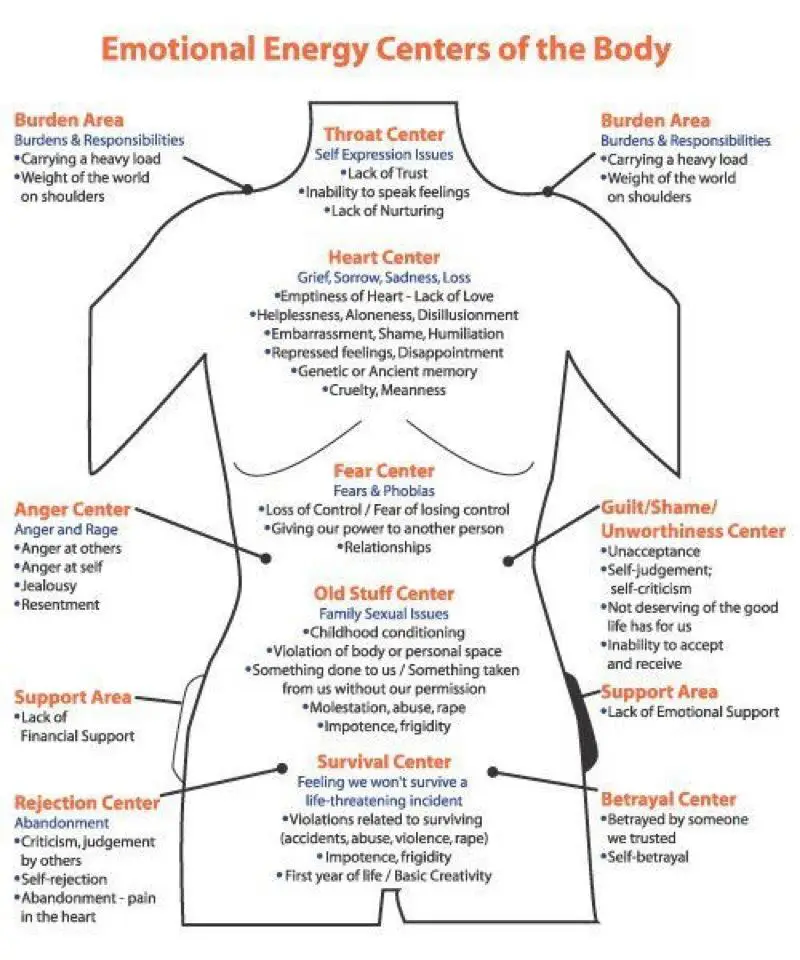
1. Burden area
This energy center relates to different burdens and responsibilities we face in life. This includes –
- Carrying a heavy load.
- Weight of the world on our shoulders.
2. Throat center
The throat center or the communication center is related to your creative identity. It is the body’s emotional energy center for self-expression issues. It may comprise of –
- Lack of trust.
- Inability to speak about feelings.
- Lack of nurturing.
3. Heart center
This specific area is the center for grief, sorrow, sadness & loss and is associated with your social identity. It consists of the following issues –
- Emptiness of heart, lack of love.
- Helplessness, loneliness, disillusionment.
- Embarrassment, shame, humiliation.
- Repressed feelings, disappointment.
- Genetic or ancient memory.
- Cruelty & meanness.
4. Fear center
Also known as the power center, this is the emotional energy center of our body for our fears and phobias. It is related to our ego identity. It includes –
- Dominance & timidity issues.
- Fear of losing control or loss of control.
- Giving our power to another person.
- Relationships.
5. Old stuff center
This particular energy center deals with relationship, family, sexual issues. It is also known as the sexuality-creativity center and is associated with emotional identity. This energy center comprises of –
- Childhood conditioning.
- Violation of body or personal space.
- Something done to us or something taken from us without permission.
- Molestation, abuse & rape.
- Impotence, frigidity.
Related: Stress -How It Affects The Mind And Body
6. Survival center
The energy center for survival is related to the feeling that we may not survive a life threatening incident. It is related to our physical identity and includes –
- Violations related to surviving (accidents, abuse, violence, rape).
- Impotence, frigidity.
- First-year of life, basic creativity.
7. Anger center
This particular area is the center for anger and rage. This emotional energy center on the body consists of the following feelings –
- Anger at others.
- Anger at self.
- Jealousy.
- Resentment.
8. Guilt/shame/unworthiness center
This energy center generally includes the following thoughts, perceptions and feelings –
- Nonacceptance.
- Self-judgment, self-criticism.
- Not deserving of the good that life offers us.
- Inability to accept and receive.
9. Support area
This energy center is located on both sides of the body and includes these specific issues –
- Lack of financial support.
- Lack of emotional support.
10. Rejection center
The rejection center is the body’s emotional energy center for abandonment issues. It may consist of the following –
- Criticism, judgment by others.
- Self-rejection.
- Abandonment, pain in the heart/heartache.
11. Betrayal center
This energy center usually comprises of the following feelings and issues –
- Betrayed by someone we trusted.
- Self-betrayal.
Now that we have gained a fundamental idea about the emotional energy centers of the body, let’s take a look at where each of the these emotional energy centers are located in the body in the infographic below:
The Mind, Body & Emotion Are Inseparable
Our body often tries to talk to us. A gut feeling when something is wrong; a lump in the throat when we feel down; a sudden pain in the torso or maybe suddenly realizing that our shoulders feel heavy.
Related: Why You Should Understand and Trust Your Intuition
The truth is, the physical, mental, and emotional aspects of our being are not separate at all. However, when we believe the mind and body are separate and ignore what our bodies are telling us, emotions become hidden, stored, and stuck in our body, affecting our mind.
The next time you have a random pain in your body, try to listen to what your body is telling and identify the emotion related to it. It will guide you towards the path where you can heal yourself and achieve lasting mental, emotional and physical well being.
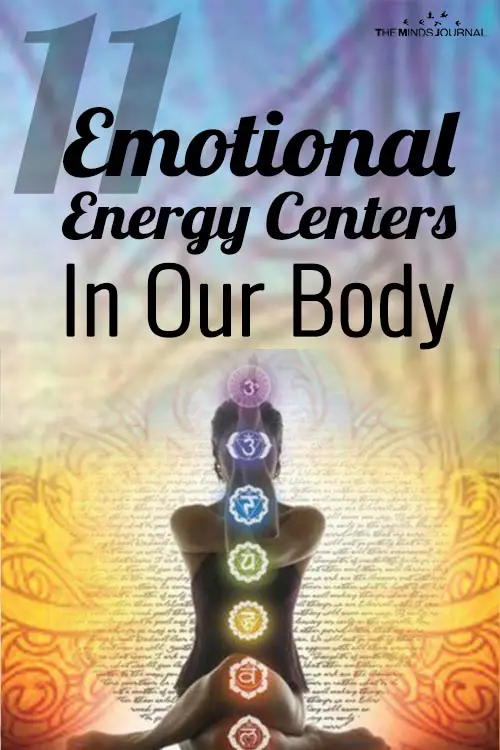
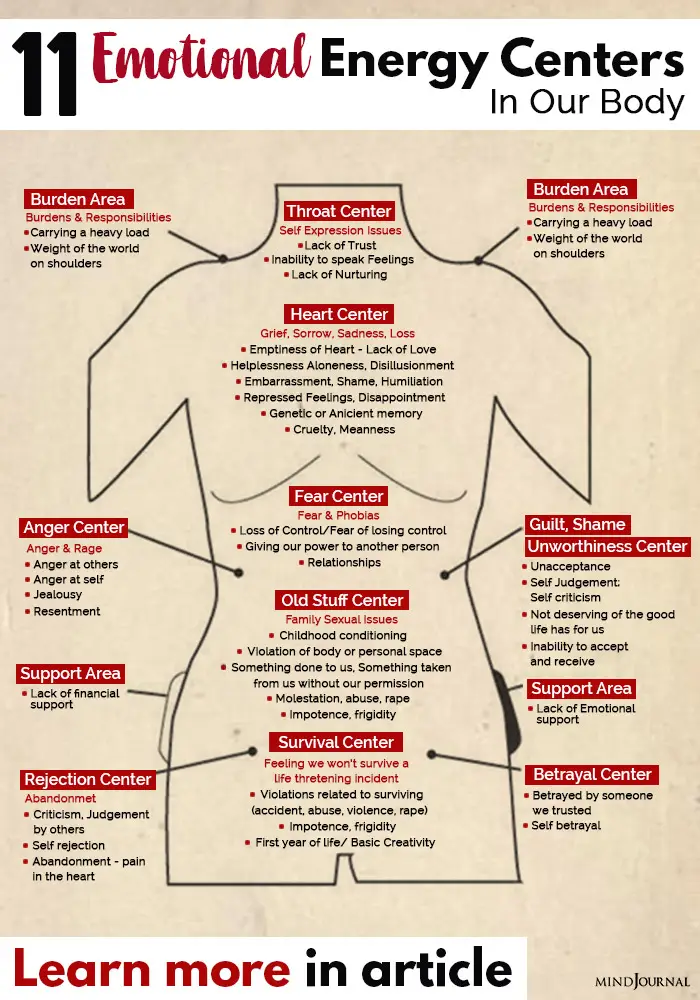

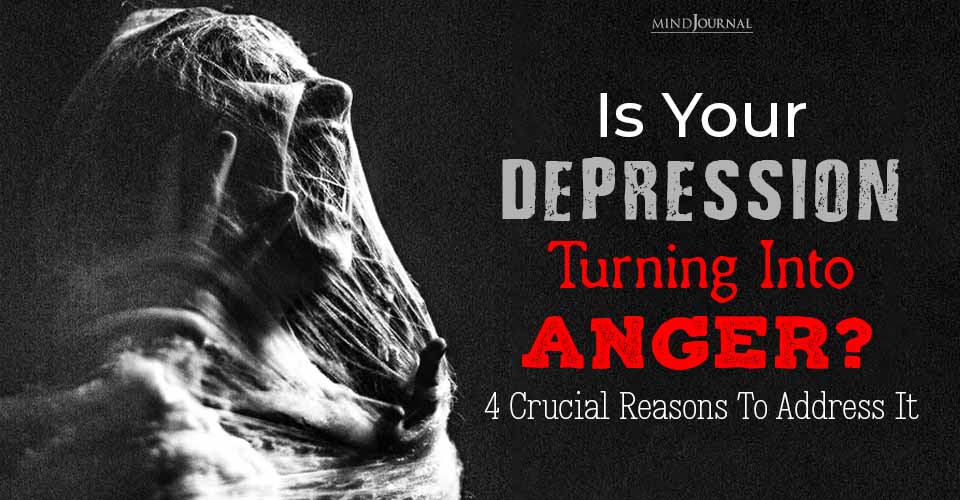

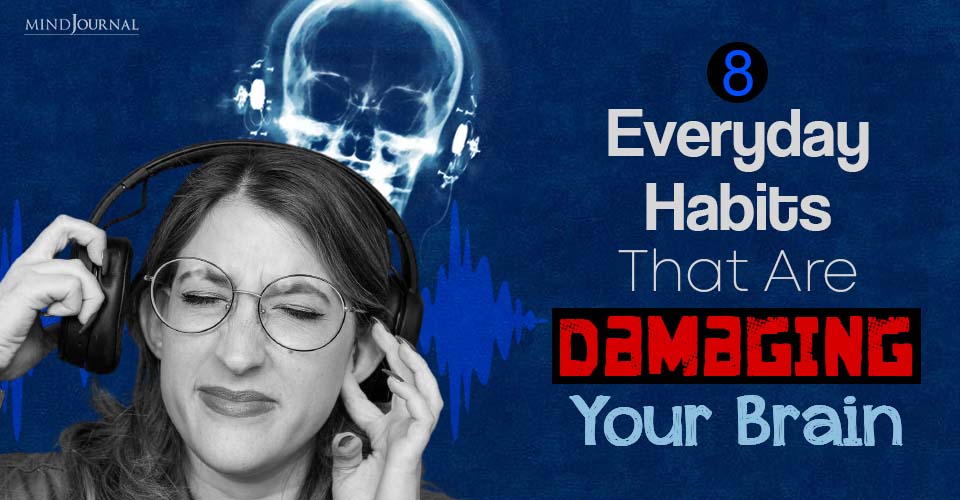
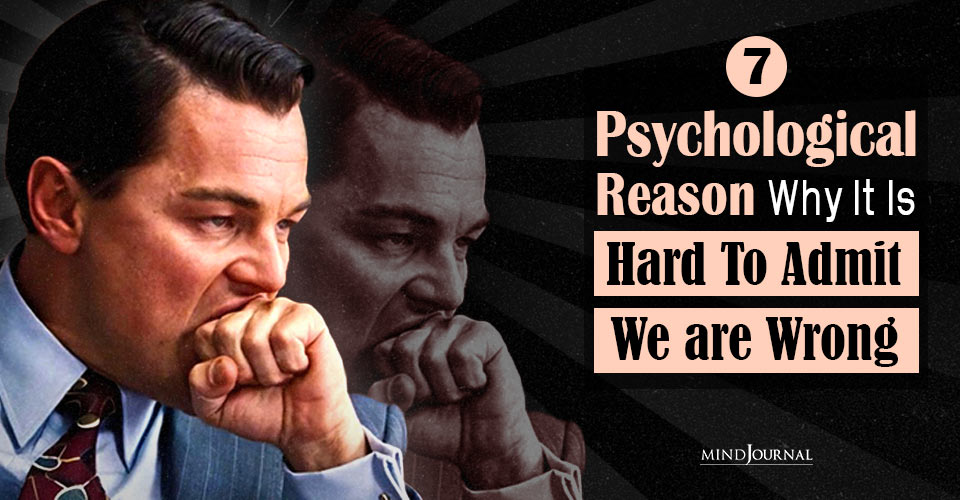

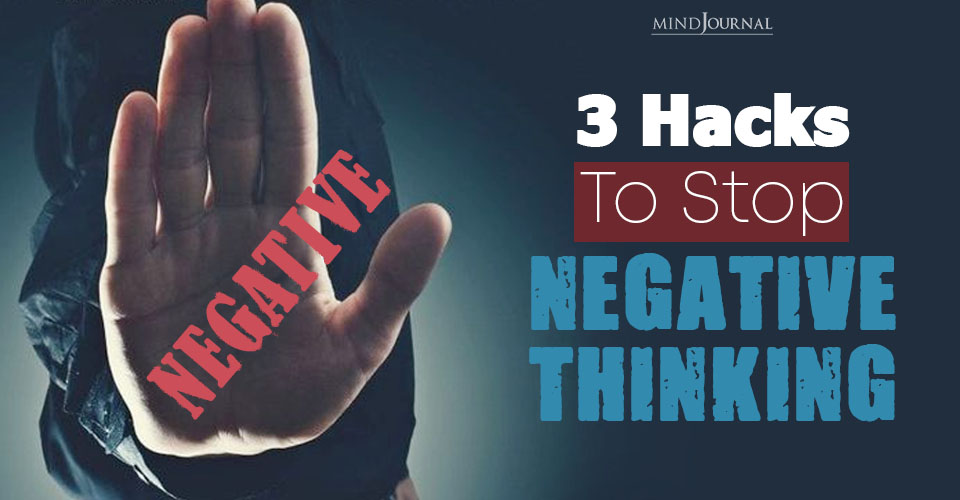
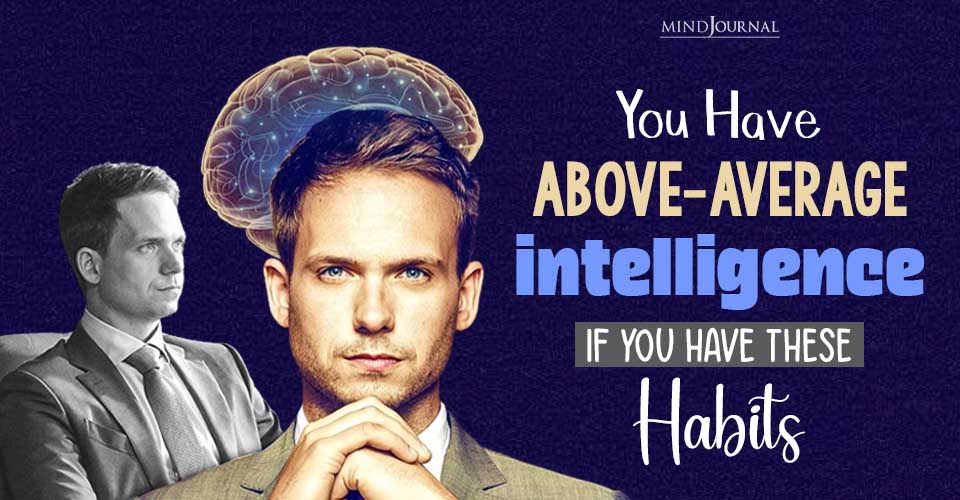
Leave a Reply
You must be logged in to post a comment.